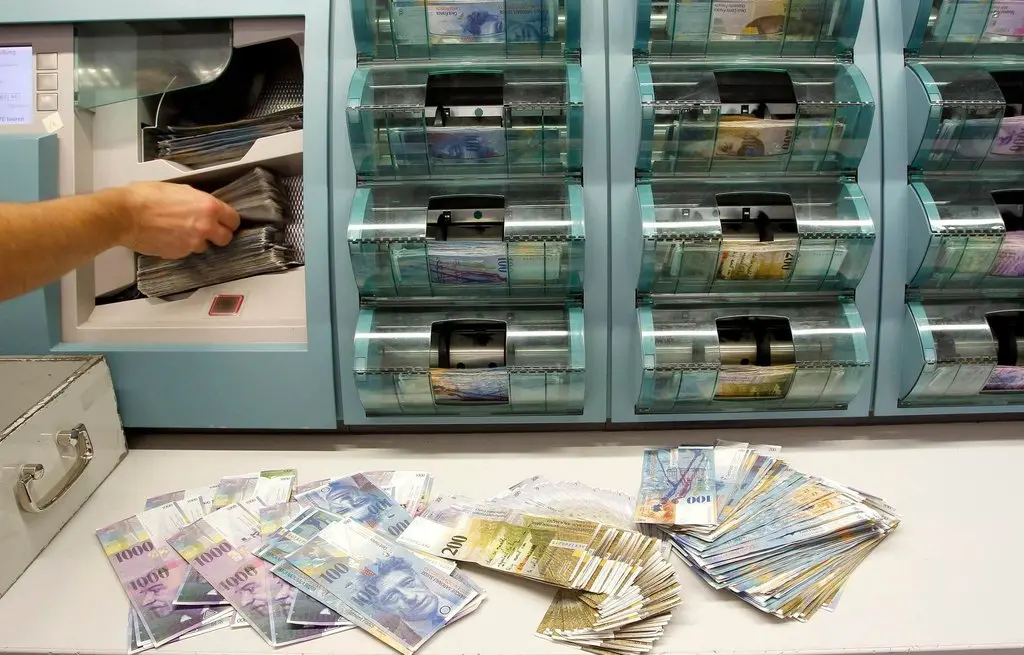- Overview
- South Korean Won (KRW)
- Indian Rupee (INR)
- Chinese Yuan Renminbi (CNY)
- Australian Dollar (AUD)
- Canadian Dollar (CAD)
- Swiss Franc (CHF)
- British Pound Sterling (GBP)
- Japanese Yen (JPY)
- Euro (EUR)
- United States Dollar (USD)
Overview
Currencies are the lifeblood of the global economy, facilitating trade, investment, and financial transactions across borders. The world’s most powerful currencies play a pivotal role in shaping international markets and economic relations. In this article, we will delve into the top 10 currencies in the world, examining their strengths, historical significance, and their role in the contemporary financial landscape.
10. South Korean Won (KRW)
The South Korean Won, abbreviated as KRW, rounds out our list of the top 10 currencies in the world. South Korea is a major player in the global electronics and automotive industries, contributing to the Won’s significance in international trade. The country’s economic prowess and technological innovation continue to drive demand for its currency.
09. Indian Rupee (INR)
The Indian Rupee, symbolized as INR, is the currency of India, one of the world’s most populous and fastest-growing economies. India’s burgeoning middle class and robust economic growth make the Rupee an important currency in global markets. While it may not yet be a major reserve currency, its influence in South Asia and beyond is on the rise.
08. Chinese Yuan Renminbi (CNY)
The Chinese Yuan Renminbi, represented as CNY or RMB, has rapidly gained prominence in the global financial landscape. China’s emergence as an economic superpower has driven the international use of the Yuan. The Chinese government has been actively promoting the Yuan’s internationalization, and it is now included in the International Monetary Fund’s basket of reserve currencies. The Yuan’s role in global trade and finance is expected to grow significantly in the coming years.
07. Australian Dollar (AUD)
The Australian Dollar, denoted as AUD, is the official currency of Australia and its territories. Australia’s abundant natural resources, including minerals, fuels, and agricultural products, make the Australian Dollar a prominent currency in international trade. Additionally, the country’s stable political environment bolsters investor confidence in the currency.
06. Canadian Dollar (CAD)
The Canadian Dollar, abbreviated as CAD, is the official currency of Canada. It is widely used in international trade, particularly in commodities like oil and minerals. Canada’s rich natural resources and stable economy contribute to the strength of its currency. The Canadian Dollar is also considered a safe-haven currency, attracting global investors.
05. Swiss Franc (CHF)

The Swiss Franc, indicated as CHF, is renowned for its reliability and safety. Switzerland’s strong financial sector and political stability have made the Franc an attractive choice for investors seeking a haven currency. The country’s commitment to financial privacy and neutrality has further enhanced its appeal.
04. British Pound Sterling (GBP)
The British Pound Sterling, represented as GBP, has a rich history dating back to the medieval era. It is the currency of the United Kingdom and some of its territories. The Pound is well-regarded for its stability and is often used in international finance and trade. London, as a global financial hub, further bolsters the Pound’s significance.
03. Japanese Yen (JPY)
The Japanese Yen, symbolized as JPY, is renowned for its strength and stability. Japan is one of the world’s largest economies, and the Yen is a vital currency for trade and investment in Asia. It is also one of the most traded currencies in the foreign exchange market. Japan’s economic prowess and technological advancements contribute to the Yen’s prominence.
02. Euro (EUR)
The Euro, denoted as EUR, represents the currency of the Eurozone, a bloc of 19 European Union member states. Launched in 1999, the Euro has become a significant player on the global stage. It is the second most widely held reserve currency and is used extensively in international trade. The Euro’s stability and the economic clout of the Eurozone make it a powerful currency.
01. United States Dollar (USD)
The United States Dollar, often abbreviated as USD, stands as the world’s dominant reserve currency. It owes its supremacy to the economic might of the United States, which boasts the world’s largest GDP. The USD is characterized by stability, liquidity, and widespread acceptance. Central banks around the world hold substantial reserves of US dollars, and many international transactions are conducted in this currency. The dollar’s role as the world’s primary reserve currency underpins its status as the most influential currency globally.








